frequency
The Truth About Branding in Multifamily
Associative memory is a key in marketing and psychology. It’s the process where one memory becomes linked to another, allowing cues to prompt specific actions or emotions. When a multifamily brand successfully implants an associative memory, it ensures that potential renters, residents, and team members remember its message precisely when it counts. The truth: It’s Hard Work.
The Three Keys to Implanting Associative Memory
- Consistency: Repetition over time is key to forging an association between a new memory and an established one. Consistent messaging reinforces the recall cue, making it stick more effectively in the target audience’s minds. Most wanna-be brands fail at consistency. It takes a ton of time and discipline, and most lack the wherewithal.
- Frequency: Frequent exposure to a message deepens its impact. When people encounter a message often, the brain begins to link it with existing memories, forming a robust associative memory. This repetition builds “branding” through sheer reinforcement. It also takes discipline to stick to it over the long run.
- Anchoring: The recall cue must attach to something already firmly embedded in the mind. This established anchor could be a common experience, a known emotion, or a universal symbol. Without anchoring, the new message fails to tie itself to a recognizable thought or feeling.
Anchoring: The Foundation of Memory Association
Anchoring serves as the foundation. Any new message must connect with an anchor already present in the mind. For example, marketers might link a product to feelings of nostalgia or comfort by associating it with childhood memories of eating apple pie and ice cream. This emotional anchor makes the new memory more memorable and actionable. Consistency and frequency are tools that glue the new message to this anchor.
The Role of Recall Cues in Memory
A recall cue prompts an individual to remember or act upon a particular thought at a specific time. These cues can be visual, auditory, or textual. In advertising, they might be logos, slogans, or jingles that instantly remind the audience of a product or brand.
Note a recall cue’s effectiveness diminishes if it has too many associations. The fewer meanings a word or image can represent, the stronger its function as a recall cue. For example, a unique slogan that directly evokes a specific brand will be more memorable than a generic phrase. In marketing terms, it’s not about bombarding the audience with complex messages. Creating simple, direct associations that trigger immediate recall is more effective.
Building Associative Memory Through Branding
Branding only becomes effective when messages tie into an emotional anchor. When these anchors are carefully chosen and reinforced consistently and frequently, they form lasting associations in the audience’s mind. This approach helps develop a strong, recognizable brand identity that prompts action when triggered by recall cues.
Sources: Secret Formulas of the Wizard of Ads – Roy H. Williams

